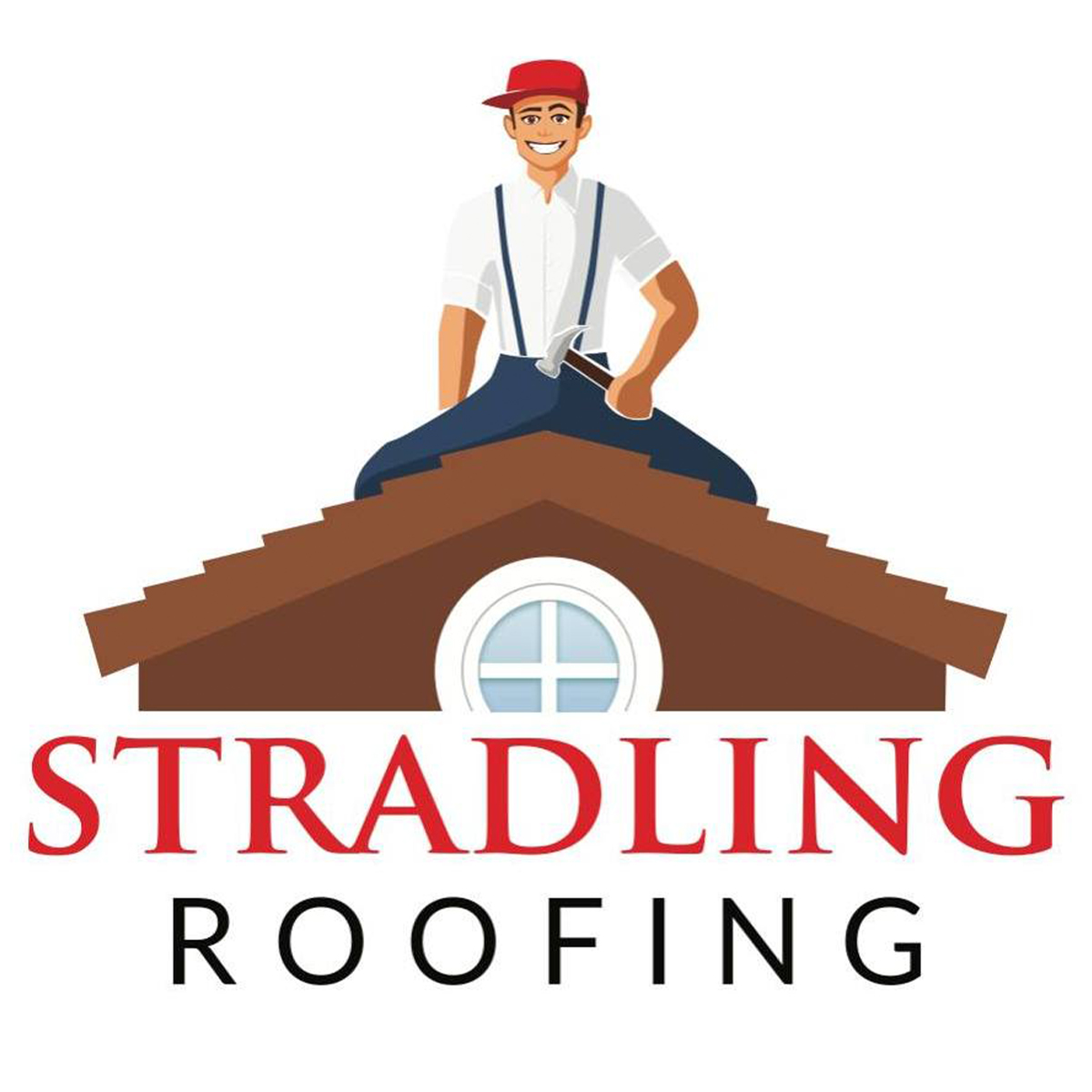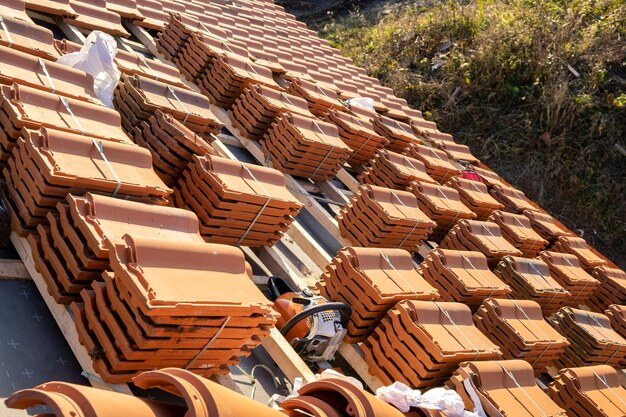Types of Roofing Materials Suitable for Arizona’s Climate
Arizona’s climate presents unique challenges for homeowners due to its extreme heat, intense sun, and occasional monsoons. Choosing the right roofing material is crucial for ensuring durability, energy efficiency, and aesthetic appeal. Here’s a detailed look at some of the best roofing materials suited for Arizona’s climate.
Clay and Concrete Tiles
Clay and concrete tiles are popular in Arizona due to their ability to withstand high temperatures and harsh sun. They are also fire-resistant, which is a significant advantage in hot, dry climates.
Pros:
– Excellent Durability and Longevity: Clay and concrete tiles can last for up to 50 years or more with proper maintenance. They do not rot, burn, or become damaged by insects.
– High Resistance to Fire and Heat: These tiles can withstand the high temperatures of Arizona without degrading, and their fire-resistant properties add an extra layer of safety.
– Reflective Properties: They can reflect a significant amount of sunlight, which helps keep homes cooler and reduces the need for air conditioning, ultimately lowering energy bills.
Cons:
– Weight: Clay and concrete tiles are heavier than other roofing materials, which means the roof structure must be able to support the additional weight. This might require additional reinforcement, increasing the overall cost.
– Higher Initial Cost: The upfront cost of clay and concrete tiles is higher compared to materials like asphalt shingles. However, their long lifespan can offset this initial investment over time.
Aesthetic Appeal:
– Variety of Styles: Available in a range of styles, shapes, and colors, clay and concrete tiles can complement various architectural designs, particularly Mediterranean, Spanish, and Southwestern styles.
– Aging Gracefully: These tiles tend to age well, maintaining their color and appearance over time, adding to the aesthetic appeal of your home.

Metal Roofing
Metal roofs, especially those made from aluminum and steel, are highly reflective and can effectively deflect the sun’s rays. They are also known for their durability and ability to withstand harsh weather conditions.
Pros:
– Reflective Surface: Metal roofs reflect sunlight rather than absorb it, which significantly reduces the amount of heat that enters the home. This can lower cooling costs by up to 25%.
– Long Lifespan and Durability: Metal roofs can last 40-70 years, depending on the material. They are resistant to wind, rain, hail, and even fire, making them a robust choice for Arizona’s diverse weather conditions.
– Lightweight: Compared to clay and concrete tiles, metal roofing is much lighter, putting less stress on the structure of the house and making it easier to install.
Cons:
– Noise: Metal roofs can be noisy during heavy rain or hailstorms. However, this can be mitigated with proper insulation and underlayment.
– Initial Cost: The initial installation cost of metal roofing is higher than asphalt shingles but can be justified by its durability and energy efficiency.
Aesthetic Appeal:
– Variety of Finishes: Metal roofing is available in a wide range of colors and finishes, including styles that mimic traditional shingles, tiles, or even wood shakes.
– Modern Look: It can provide a sleek, modern appearance that enhances the overall aesthetic of contemporary homes.
Asphalt Shingles
Asphalt shingles are a popular choice due to their affordability and ease of installation. However, it’s essential to select high-quality, heat-resistant shingles to ensure they can withstand Arizona’s extreme temperatures.
Pros:
– Affordability: Asphalt shingles are one of the most cost-effective roofing materials, making them an attractive option for many homeowners.
– Ease of Installation and Replacement: They are relatively easy to install and replace, which can lower labor costs and make repairs simpler.
– Variety of Styles and Colors: Asphalt shingles come in numerous styles and colors, allowing homeowners to choose a look that complements their home’s architecture.
Cons:
– Shorter Lifespan: Compared to materials like metal or tile, asphalt shingles have a shorter lifespan, typically lasting 15-30 years, depending on the quality and environmental conditions.
– Heat Sensitivity: In extreme heat, asphalt shingles can become brittle and more prone to damage without proper ventilation.
Aesthetic Appeal:
– Versatility: With options ranging from basic 3-tab shingles to architectural shingles that add dimension and character, asphalt shingles can suit a variety of home styles.
– Color Retention: High-quality asphalt shingles maintain their color longer, which can enhance curb appeal over time.

Cool Roofing
Cool roofing materials are designed to reflect more sunlight and absorb less heat than standard roofing materials. These materials can be used in various roofing types, including shingles, tiles, and metal roofs.
Pros:
– Energy Efficiency: Cool roofing materials significantly reduce the heat that enters the building, leading to lower cooling costs and improved energy efficiency.
– Extended Roof Lifespan: By reducing thermal expansion and contraction, cool roofs can extend the lifespan of the roofing material.
– Environmental Benefits: By lowering energy consumption, cool roofs help reduce greenhouse gas emissions and the urban heat island effect.
Cons:
– Higher Initial Cost: Cool roofing materials can have a higher upfront cost compared to standard materials, though this is often offset by energy savings over time.
– Limited Color Options: While there are more color options available today than in the past, the selection can still be somewhat limited compared to traditional roofing materials.
Aesthetic Appeal:
– Modern Appearance: Cool roofs often have a sleek, modern look that can enhance the overall aesthetic of a home.
– Blend with Various Styles: Available in various forms, cool roofing can complement both traditional and contemporary architectural styles.
Foam Roofing
Foam roofing, made from sprayed polyurethane foam, provides excellent insulation and can significantly reduce energy costs. It also forms a seamless, waterproof barrier that is ideal for flat or low-slope roofs.
Pros:
– Superior Insulation: Foam roofing provides one of the highest R-values (a measure of insulation’s ability to resist heat flow) per inch, making it highly effective at insulating homes.
– Seamless and Waterproof: The application process creates a seamless barrier that is highly resistant to water, reducing the risk of leaks.
– Lightweight: Foam roofing is lightweight, which reduces the stress on the building structure and makes it suitable for a wide range of roof types.
Cons:
– Regular Maintenance: Foam roofs require regular maintenance and re-coating to protect them from UV damage and maintain their waterproof properties.
– UV Susceptibility: Without a protective coating, foam roofing can degrade under UV exposure, which is particularly relevant in sunny climates like Arizona.
Aesthetic Appeal:
– Customizable: Foam roofing can be applied in various thicknesses and coated in different colors to suit aesthetic preferences.
– Smooth Finish: It provides a smooth, clean finish that can complement modern architectural designs.

Slate Roofing
Slate roofs are known for their beauty and durability. Although not as common in Arizona due to their weight and cost, they can be an excellent choice for homeowners looking for a long-lasting, fire-resistant option.
Pros:
– Extremely Durable: Slate is one of the longest-lasting roofing materials available, with some roofs lasting over 100 years.
– High Resistance to Fire and Weather: Slate is naturally fire-resistant and can withstand harsh weather conditions, including Arizona’s extreme heat and occasional storms.
– Low Maintenance: Once installed, slate roofs require minimal maintenance, which can save homeowners time and money in the long run.
Cons:
– Weight: Slate is very heavy, requiring a strong, reinforced roof structure to support it, which can add to the overall cost.
– Expensive: Both the material and installation costs are higher compared to other roofing options, making it a significant investment.
Aesthetic Appeal:
– Natural Beauty: Slate’s natural stone appearance adds a timeless, elegant look to any home.
– Unique Colors and Textures: Available in various colors and textures, slate can provide a unique, customized look that enhances a home’s curb appeal.
Synthetic Roofing
Synthetic roofing materials, such as rubber, plastic, and polymer, can mimic the appearance of more traditional materials like slate or wood but offer enhanced durability and resistance to Arizona’s harsh climate.
Pros:
– Lightweight and Durable: Synthetic roofing materials are lighter than natural options like slate or tile, reducing the need for additional structural support.
– Resistant to UV Rays, Heat, and Impact: They are designed to withstand extreme weather conditions, including UV exposure, high temperatures, and hail.
– Lower Cost: Synthetic materials often cost less than their natural counterparts while providing similar aesthetic and performance benefits.
Cons:
– Lifespan: While durable, synthetic roofing materials may not last as long as natural materials like slate or clay tiles.
–Limited Styles: The range of available styles and colors might be more limited compared to other materials.
Aesthetic Appeal:
– Mimics Traditional Materials: Synthetic roofing can closely resemble natural materials like slate or wood, providing a similar aesthetic at a lower cost.
– Versatile Design: It can be customized to suit various architectural styles, offering flexibility in design.
When choosing a roofing material for your Arizona home, it’s essential to consider factors such as durability, energy efficiency, and aesthetic preferences. Clay and concrete tiles, metal roofing, cool roofing, and foam roofing are among the top choices for Arizona’s climate, each offering unique benefits and drawbacks. By selecting the right material, you can ensure your roof not only withstands the harsh conditions but also contributes to the overall energy efficiency and comfort of your home.


Recent Comments